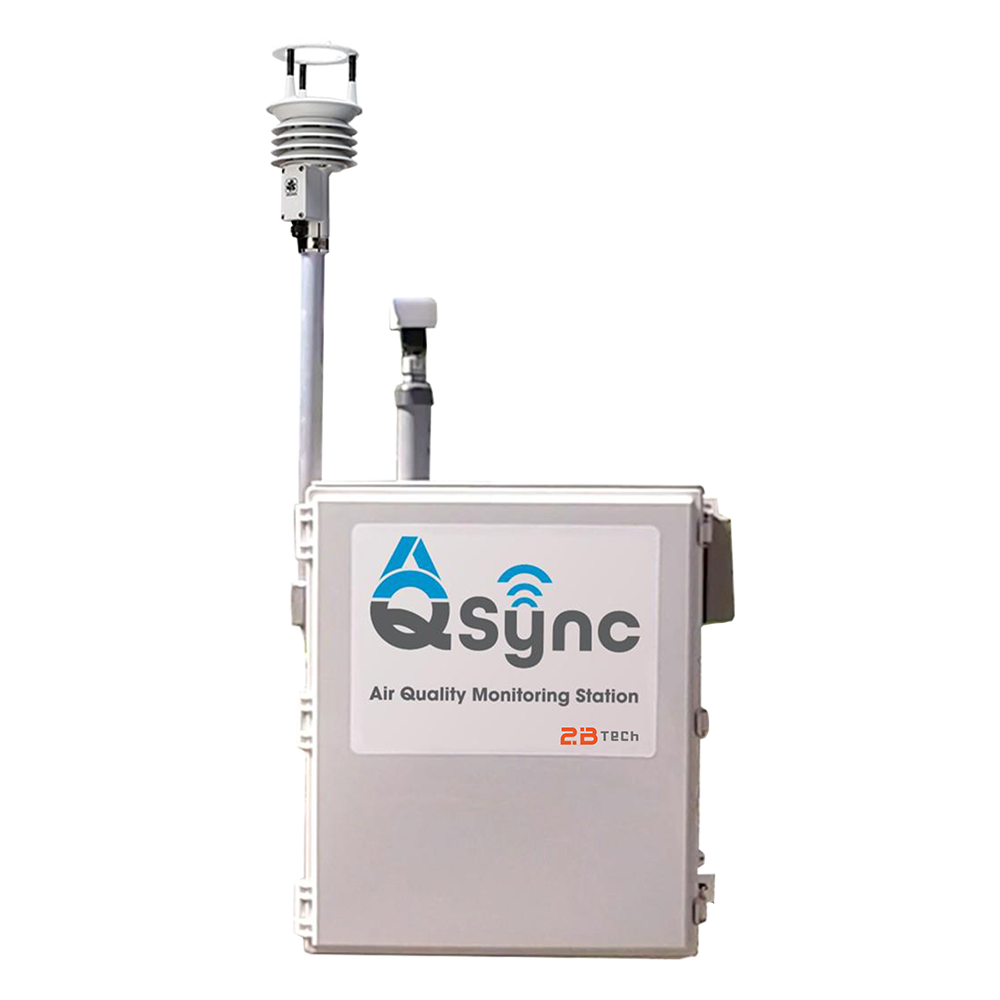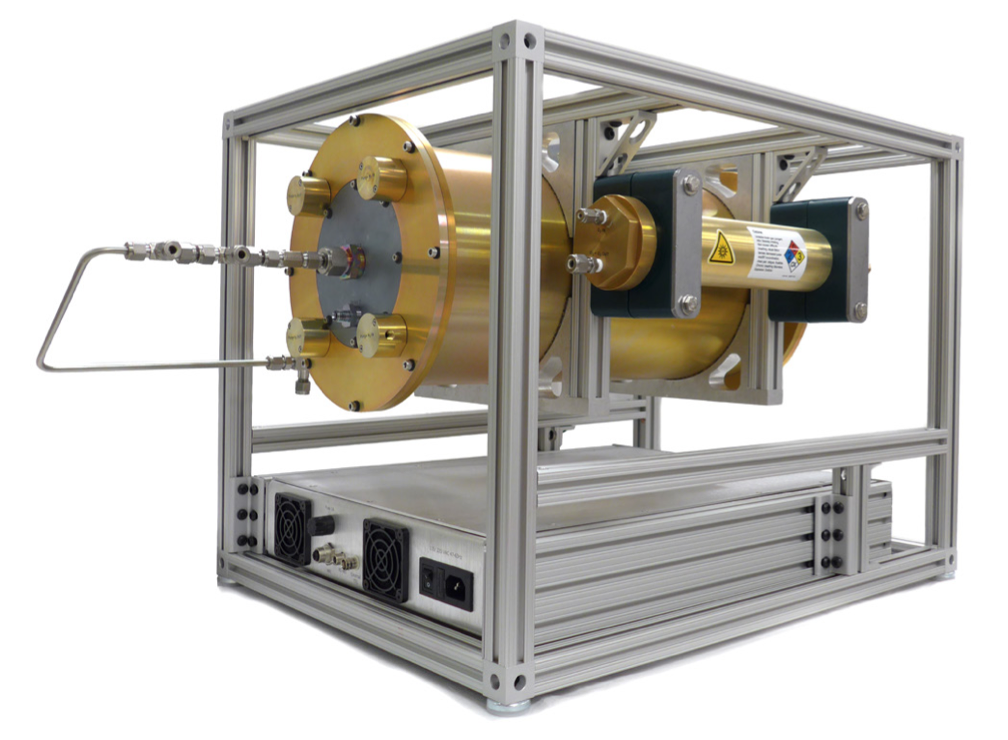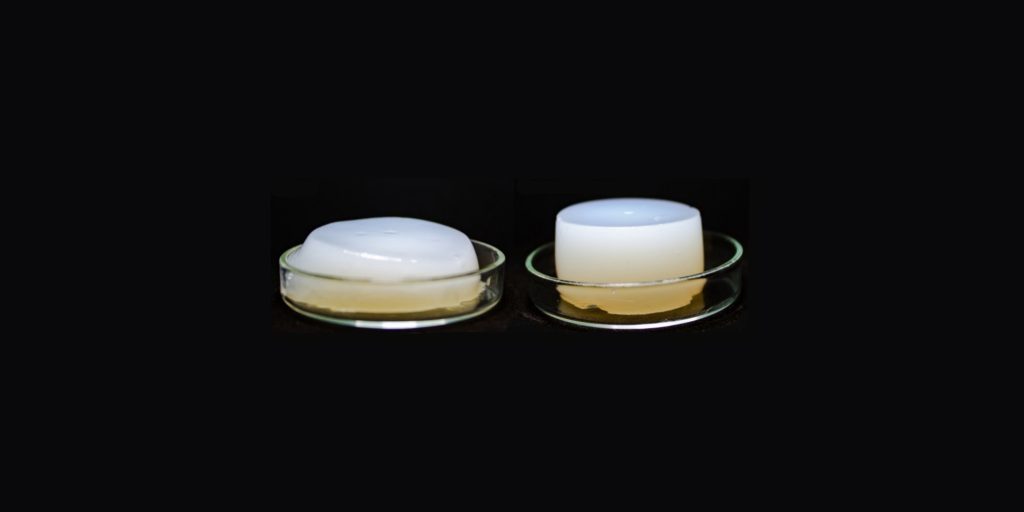In Atlanta, Georgia, the AQEarth team includes Community Health Aligning Revitalization Resilience & Sustainability (CHARRS) and West Atlanta Watershed Alliance (WAWA), two organizations working on environmental justice and public health issues in the region. The project consists of both air monitoring and community education that collectively aim to bring community members together around air quality issues in West Atlanta neighborhoods.
Gwen Smith, CHARRS Executive Director and Founder said about the project, “Residents drive, work, live, play, and go to church in the communities in the 3-mile radius of our AQSync Reference monitor and may not be cognizant of the impact of the traffic, rails, and industry on air quality or the hazards to health that they present. Through this project CHARRS hopes to collaborate with all stakeholders and connect the dots between air quality, Environmental Justice, climate change, emergency preparedness, health and well-being”.
The community education portion of the project is conducting hands-on workshops and environmental justice bus tours with stops at both industrial facilities and culturally important sites. Community stakeholders (including residents, students, and representatives from local industry, schools, and government) will learn about past and present environmental injustices, consider emergency preparedness, and participate in finding solutions to reducing future exposure risk in the project area. The first tour and community workshop took place on September 16th.
AQEarth installed a high-quality stationary instrument in West Atlanta, where many industrial air pollution sources are in close proximity to residents and community. This AQSync air quality monitor will measure NO2, NO, O3, PM, CO, CO2, and TVOC and will make real-time data accessible to residents and other stakeholders via an online platform. The instrument is being sited at Fire Station 38 through a partnership with Atlanta Fire & Rescue, and Georgia Environmental Protection Division has been assisting with a collocation of the instrument.
The team has been fortunate to connect with Dr. Christina H. Fuller at the University of Georgia College of Engineering who has supplied a black carbon monitor alongside the AQSync. This in-kind contribution expands the project’s monitoring capacity and ability to characterize the influences of sources such as rail yards and heavy-duty trucks.
A second part of the monitoring consists of community-engaged and led educational monitoring with handheld sensors. Residents of all ages will record and understand local air quality in their neighborhoods using personal air monitors (PAMs).
Look out for more updates on this project!





